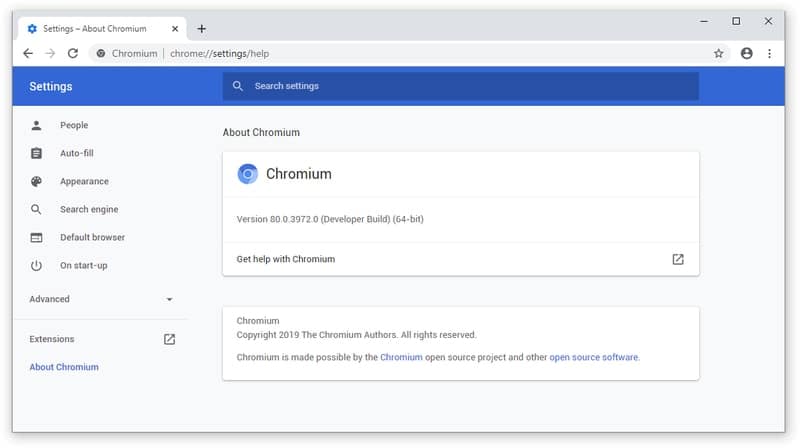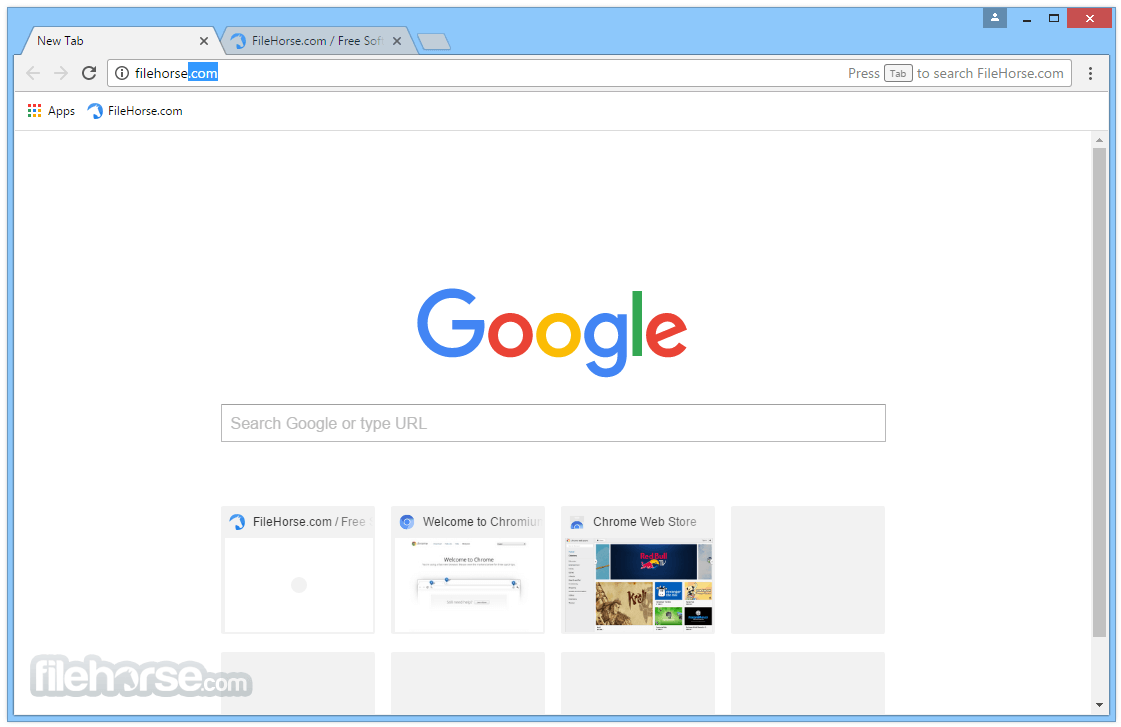

- #Kodi chromium browser install
- #Kodi chromium browser driver
- #Kodi chromium browser software
- #Kodi chromium browser code
- #Kodi chromium browser password
%robert ALL= NOPASSWD: /bin/systemctl stop kodi
#Kodi chromium browser password
To run this, I created a file in /etc/sudoers.d specifying that I should be able to execute specific service-related commands without a password prompt: %robert ALL= NOPASSWD: /bin/systemctl start kodi The rest concerns when it should be run and as which user.įor rvice, I changed the service to run as my user, and ExecStart to ExecStart=xinit /usr/bin/chromium -start-maximized -kiosk "" - :0 -nolisten tcp vt1. The part the actually gets executed to run Kodi is ExecStart=/usr/bin/xinit /usr/bin/kodi-standalone - :0 -nolisten tcp vt1. Wants=network-online.target rvice /usr/bin/kodi-standalone - :0 -nolisten tcp vt1 Since Kodi came as a standalone service, we can repurpose the systemd service file: $ less /usr/lib/systemd/system/rviceĪfter=remote-fs.target rvice network-online.target nss-lookup.target sound.target bluetooth.target rvice rvice rvice Netflix! Also pictured: energy usage meter showing how power-hungry a plasma TV is Running As Systemd Services

xinitrc for use with startx, or create a service for it as below. Once installed you can start chromium-vaapi from the command line with xinit, add it to. Caution: I have not verified that version, so I cannot vouch for its safety! That said, you can add that repo to your pacman repo list, or grab the package from the package list.
#Kodi chromium browser install
Since compiling Chromium on a weak Intel Atom with a piddling amount of storage and RAM takes roughly an eternity plus-or-minus an eon or two, you can install the version from the archlinuxcn repo. This requires a vaapi-enabled version of Chromium, available from AUR as chromium-vaapi. Sadly, it appears Google have no intention of bringing hardware acceleration to Linux, so after toying with Chrome I went with Chromium, which does have hardware acceleration in Linux!įirefox hardware acceleration may work instead, but it requires a nightly version and Wayland.įor this hardware acceleration needs to be forced on in Chromium (which means not having Wayland). While I normally use Chromium, the open source version of Chrome, I was under the impression that the latter was the best option for Netflix in Linux due to DRM and such. While there are a few packages that provide a Netflix experience under Arch, I went the browser route. Note: Thanks to Bob for links and guidance in getting this working. Kodi works! Netflix (Hardware-Accelerated Chrome) Install using your favourite AUR manager if you’re looking for a recommendation, I use trizen. If all you are planning on using the HTPC for is Kodi, it may be worth considering the Kodi standalone service package provided in AUR.
#Kodi chromium browser software
The giants of media library software are Plex and Kodi. Information string: OpenGL/VAAPI backend for VDPAUĤ20 4096 4096 NV12 YV12 UYVY YUYV Y8U8V8A8 V8U8Y8A8 NV24 YV24 P010 P016 Y_U_V_444_16Ĥ22 4096 4096 NV12 YV12 UYVY YUYV Y8U8V8A8 V8U8Y8A8 NV24 YV24 P010 P016 Y_U_V_444_16įor these I started a display using Kodi or Chrome (described below) and used the $DISPLAY environment variable though both vainfo and vdpauinfo support the -display argument.

Vainfo: Supported profile and entrypoints
#Kodi chromium browser driver
Vainfo: Driver version: Intel i965 driver for Intel(R) CherryView - 2.4.0 Vainfo: VA-API version: 1.7 (libva 2.7.1) # DISPLAY=:0 vainfo # $DISPLAY set here if you're running via SSH While we’re at it, it’s worth verifying what we’ve installed, for which you’ll need some kind of display running: # pacman -S libva-intel-driver The Arch Wiki has a useful page on hardware video playback, but the short version is that we are looking for the libva-intel-driver package to run the HD Graphics integrated GPU. However, the Wyse 3040 has a tiny Atom x5-Z8350, which means it’ll struggle with video playback, so this is a necessary step. For modern systems this is optional, though recommended, as they have enough processing headroom to handle video playback in software without difficulty, by and large. Chromium / Chrome only appears in half of the screenįirst, it’s worthwhile enabling hardware acceleration of video playback.I have the right driver installed but vainfo/vdpauinfo isn’t working.
#Kodi chromium browser code
Error: “vaInitialize failed with error code -1 (unknown libva error),exit”.Error: “libva error: /usr/lib/dri/iHD_drv_video.so init failed”.


 0 kommentar(er)
0 kommentar(er)
